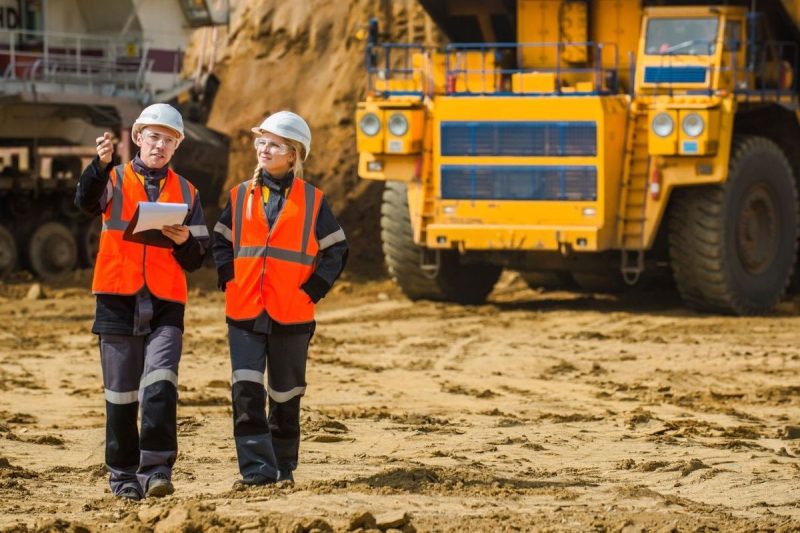
Unveiling the Power of Prefeasibility and Feasibility Studies: Your Guide in 2024!
**Prefeasibility and Feasibility Studies: Understanding the Foundations of Successful Projects**
**1. Introduction**
Before embarking on any major project or business venture, it is essential to conduct thorough analyses to assess the viability and potential risks involved. Prefeasibility and feasibility studies play a crucial role in providing stakeholders with the necessary information to make informed decisions. In this article, we delve into the definitions, purposes, and key differences between prefeasibility and feasibility studies.
**2. Prefeasibility Studies**
Prefeasibility studies are conducted at the initial stages of project development to evaluate the potential of a project. These studies provide a high-level overview of the project’s technical, economic, and financial feasibility without going into extensive detail. The key objectives of a prefeasibility study include determining the project’s viability, identifying potential risks, estimating initial costs and timelines, and assessing the overall feasibility of proceeding to a more detailed feasibility study.
Prefeasibility studies typically involve market research, preliminary cost estimations, resource assessments, and high-level financial analyses. The outcomes of a prefeasibility study help stakeholders decide whether further investment in a detailed feasibility study is warranted.
**3. Feasibility Studies**
Feasibility studies are more comprehensive and detailed assessments conducted after a successful prefeasibility study. These studies delve deeper into the technical, financial, legal, environmental, and operational aspects of the project to provide a complete picture of its feasibility. The primary aim of a feasibility study is to ascertain whether the project is viable, sustainable, and capable of meeting the desired objectives.
Feasibility studies involve detailed market analysis, in-depth financial modeling, risk assessments, site evaluations, regulatory compliance checks, and stakeholder consultations. The outcomes of a feasibility study help stakeholders make informed decisions regarding project implementation, investment allocation, and risk mitigation strategies.
**4. Key Differences**
While prefeasibility and feasibility studies serve similar purposes, they differ in scope, depth, and level of detail. Prefeasibility studies are conducted at the initial stages of project development to provide a preliminary assessment of viability and risks, whereas feasibility studies are more comprehensive and detailed assessments conducted to confirm the project’s feasibility and viability.
Prefeasibility studies focus on high-level analyses and preliminary assessments to determine whether further investment in detailed feasibility studies is justified. Feasibility studies, on the other hand, delve deep into various aspects of the project to provide stakeholders with a comprehensive understanding of all factors influencing project success.
**5. Conclusion**
In conclusion, prefeasibility and feasibility studies are essential tools in project development and decision-making processes. By conducting these studies, stakeholders can assess the viability, risks, and potential outcomes of a project before committing substantial resources. Understanding the foundations of prefeasibility and feasibility studies is crucial for successful project execution and long-term sustainability.